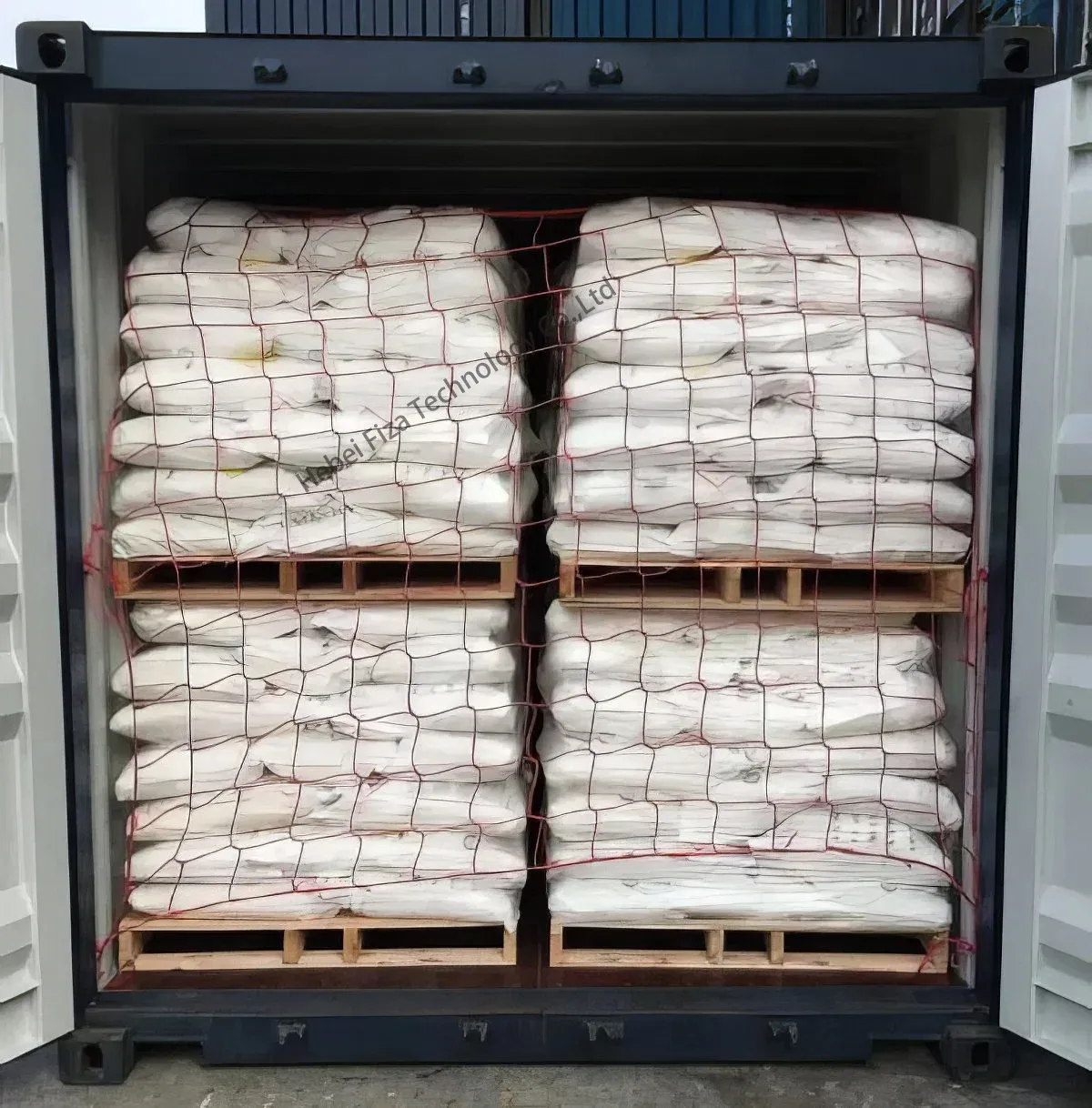



polyacrylamide degradation
Polyacrylamide Degradation Mechanisms and Implications
Polyacrylamide (PAM) is a synthetic polymer widely utilized in various industrial and environmental applications, primarily due to its exceptional properties such as high solubility in water, excellent stability, and effective flocculating abilities. It is frequently employed in fields such as wastewater treatment, soil conditioning, and in oil recovery processes. However, the environmental impact of PAM, particularly its degradation processes, is garnering increasing attention. Understanding how polyacrylamide degrades is crucial for assessing its environmental sustainability and ecological implications.
Mechanisms of Degradation
The degradation of polyacrylamide can occur through several pathways including physical, chemical, and biological processes. Physical degradation typically involves the breakdown of PAM chains due to mechanical forces or changes in temperature and pH. This process can lead to a reduction in molecular weight, ultimately affecting the polymer’s efficacy in its respective application.
Chemical degradation, on the other hand, can occur through hydrolysis, oxidation, or photodegradation. Hydrolysis is particularly significant; under alkaline or high-temperature conditions, PAM can be hydrolyzed to yield acrylamide monomers, which are more toxic and represent a potential risk to aquatic organisms. Oxidative degradation can happen through the action of reactive oxygen species (ROS) generated from exposure to sunlight or other sources, leading to the breakdown of the polymer chains. Photodegradation involves the direct impact of ultraviolet (UV) radiation on the polymer, causing the cleavage of chemical bonds.
Biological degradation is an intriguing aspect of PAM degradation as it involves microbial activity. Certain bacteria and fungi have shown the capability to utilize polyacrylamide as a carbon source, promoting its degradation. This biological pathway presents a potential method for remediation in environments contaminated with PAM.
polyacrylamide degradation

Environmental Implications
The degradation of polyacrylamide carries significant environmental implications. Although PAM itself is considered relatively non-toxic and biodegradable under certain conditions, its degradation products, particularly acrylamide, pose risks to both human and environmental health. Acrylamide is categorized as a neurotoxin and a potential carcinogen, raising concerns primarily in aquatic ecosystems. The leaching of acrylamide into water bodies can adversely affect aquatic life, leading to disruptions in the food chain and ecosystem stability.
Furthermore, the persistence of polyacrylamide in certain environmental conditions can lead to the accumulation of toxic monomers, necessitating efficient disposal or remediation strategies. Research indicates that optimizing conditions such as temperature, pH, and microbial presence can enhance the degradation rate of PAM, thus minimizing its environmental footprint.
Conclusion
In summary, the degradation of polyacrylamide is a complex process influenced by multiple factors. While it offers beneficial properties in various applications, the potential environmental consequences—especially relating to its degradation products—must not be overlooked. Accelerating our understanding of PAM degradation mechanisms can inform best practices for its usage and disposal, ultimately promoting more sustainable industrial practices. Continued research and innovative approaches are essential to mitigate the environmental impacts of polyacrylamide, ensuring that its benefits do not come at the cost of ecological health.
-
Why Sodium Persulfate Is Everywhere NowNewsJul.07,2025
-
Why Polyacrylamide Is in High DemandNewsJul.07,2025
-
Understanding Paint Chemicals and Their ApplicationsNewsJul.07,2025
-
Smart Use Of Mining ChemicalsNewsJul.07,2025
-
Practical Uses of Potassium MonopersulfateNewsJul.07,2025
-
Agrochemicals In Real FarmingNewsJul.07,2025
-
Sodium Chlorite Hot UsesNewsJul.01,2025










